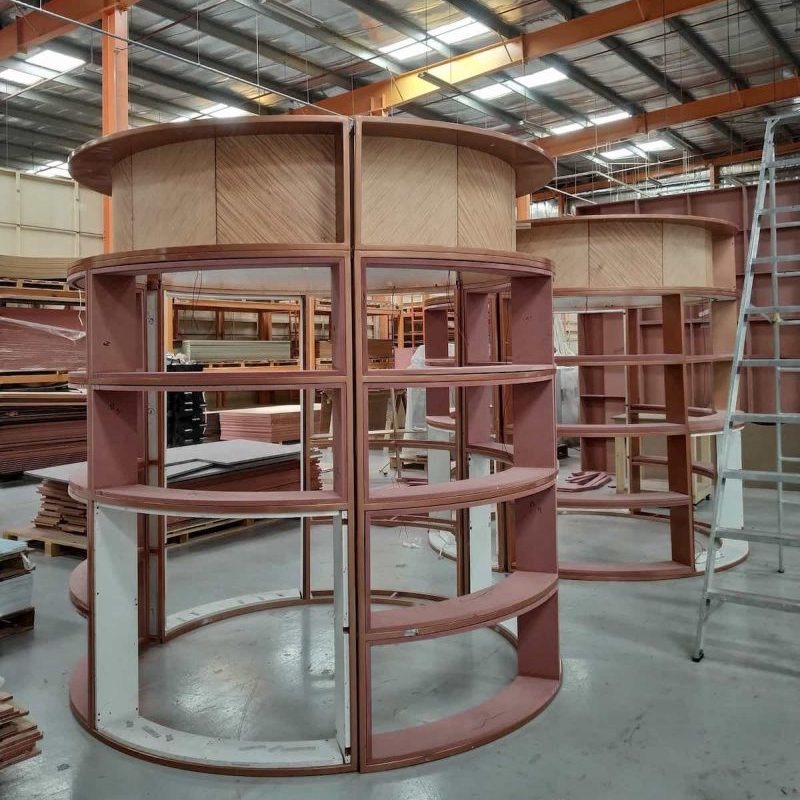What is the Difference between a Carpenter and a Joiner?
This question may surprise you because many people don’t know the difference between a carpenter and a joiner. This article will look at the similarities and differences between these two skilled professionals and their respective requirements and education. To help you choose the best joinery companies in Abu Dhabi for your next woodworking project, consider the following:
Similarities:
While there are many differences between a joiner and a carpenter, both are skilled at creating various woodworking components. A joiner usually works in a workshop to make components such as doors, windows, trusses, and more. In contrast, a carpenter is on-site and may install a joiner-made part. Both trades are crucial for later stages of construction, and both can progress to site managers.
Differences:
The differences between a joiner and a carpenter are often unclear, but a general rule is that a joiner makes furniture while a carpenter builds and repairs structures. Although there is some overlap between these two occupations, many carp-related skills are transferable to joinery. To learn more about the differences between a carpenter and a joiner, read on.
While both carpenters and joiners have some basic skills in common, their training is different. Carp-cutting skills and specialized training are different, but they have the same foundation. After completing training, joiners and carpenters will work in the joinery industry, creating various parts of construction projects. Carp-cutting and fitting these components on a construction site will give them extra skills.
Education:
The Education of a Carpenter and Joiner is necessary for working in a construction company. These trades require years of education. Apprentices should have a high school diploma or GED before entering the profession. They should also have some basic math skills. Most construction apprentices require at least some formal education, so completing a high school diploma is the most important requirement. However, completing a certificate or associate’s degree program is also helpful.
Requirements:
The requirements of a joiner and carpenter differ in some areas. Some require formal qualifications, while others require more hands-on training. A college course or apprenticeship is an option for many people, but many employers prefer enthusiastic individuals with practical experience. In addition to GCSEs, apprenticeships may include further training, such as a Construction Skills Certification Scheme (CSCS) card. There are also many on-the-job training opportunities, so exploring all options is recommended.
